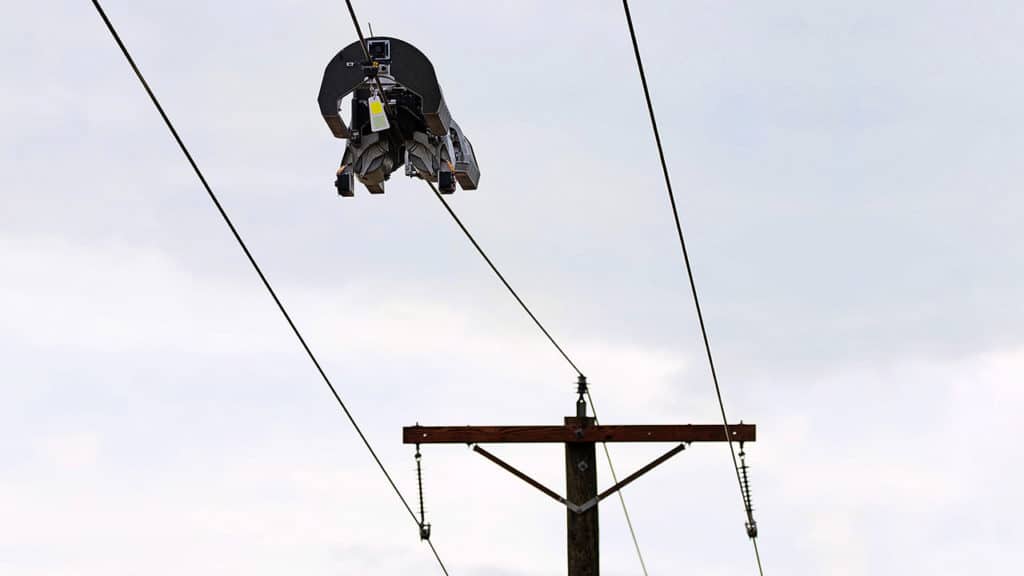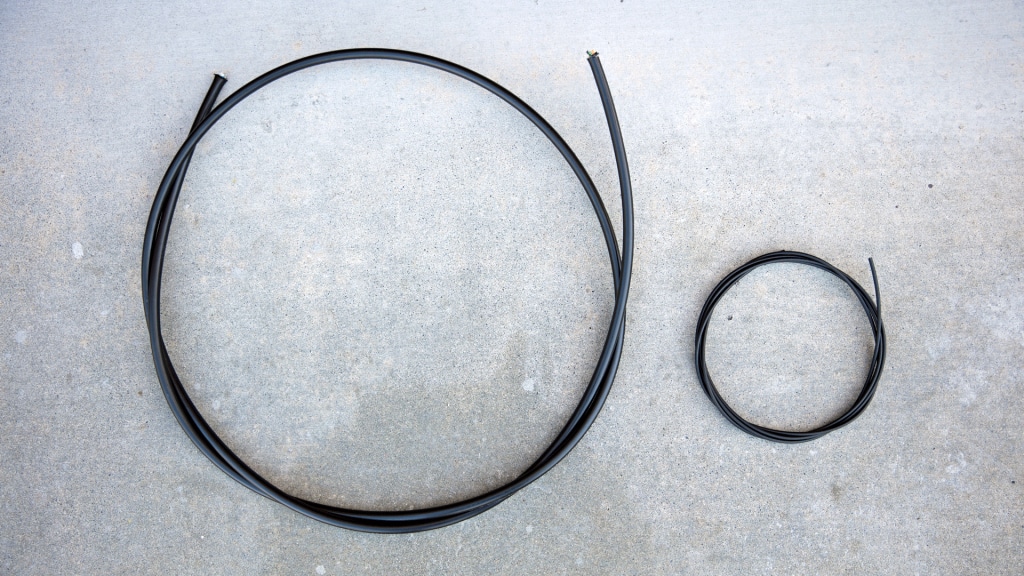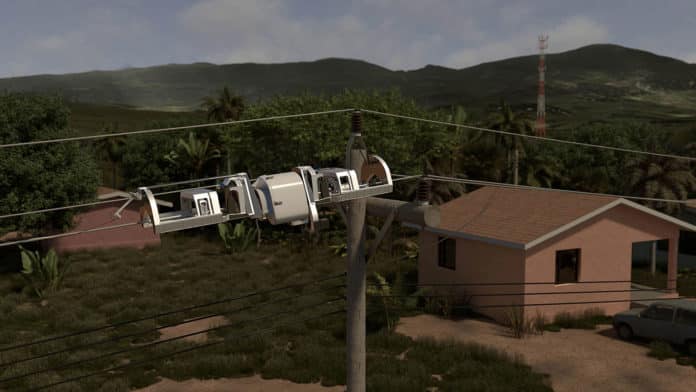The Internet has become an essential tool for any human activity. However, more than 3.5 billion people are still not connected to the Internet. Despite this situation, the average data usage per person is growing 20-30% annually.
In this regard, Facebook Connectivity, in collaboration with a number of partners, is developing an aerial fiber deployment solution that aims to reduce installation costs and make it affordable to reach areas that do not yet have internet access. The system uses a small robot, codenamed Bombyx (Latin name for silkworm), designed to safely deploy a specialized fiber-optic cable on medium-voltage (MV) power lines around the world.
Installing fiber is a huge investment and is also time-consuming, limiting where it can be deployed. If the cost of the installation goes down, Facebook assures, so does the cost of the service for the end-user.

The Bombyx incorporates a thinner fiber optic cable, and as it crawls along power lines, it weaves its streamlined fiber cables around lines that are already installed. The robot’s drive subsystem comprises a pair of driven grippers that can be moved relative to each other to accommodate obstacles and conductor angles.
During this operation, the robot uses a stabilizer to balance itself as it crosses the obstacle. It also includes a vision system to identify obstacles and appropriately adjust its movements to clear the obstacles while maintaining the clearances required to prevent an electrical hazard. Bombyx robot will be capable of installing over a kilometer of fiber and passing the dozens of intervening obstacles (such as poles) autonomously in approximately an hour and a half.

The Facebook team also developed a special optical cable. It has a diameter of 4 mm, is lightweight (1 km of the cable according to Facebook weighs 28 pounds, i.e., less than 13 kg) and is mounted on the machine in a special spool in the shape of a horseshoe, which allows the robot to ride on a line without counterweights.
The developers estimate that the cost of installing an optical cable using their robot could be between $2 and $3 USD per meter in developing countries. The new Face Engineering project aims to bring high-speed connectivity through fiber optics to more than 80% of those people live in areas with 3G networks or better, but cannot pay for that technology.
Facebook has identified NetEquity Networks as the first partner to deploy this new innovative technology and intends to provide NetEquity Networks with a nonexclusive royalty-free license to deploy fiber networks using this technology. Facebook will not directly build the robot, which does not have an established retail price, but will have partners to manufacture and sell it. The company expects to see the technology trials of this fiber deployment system next year.
